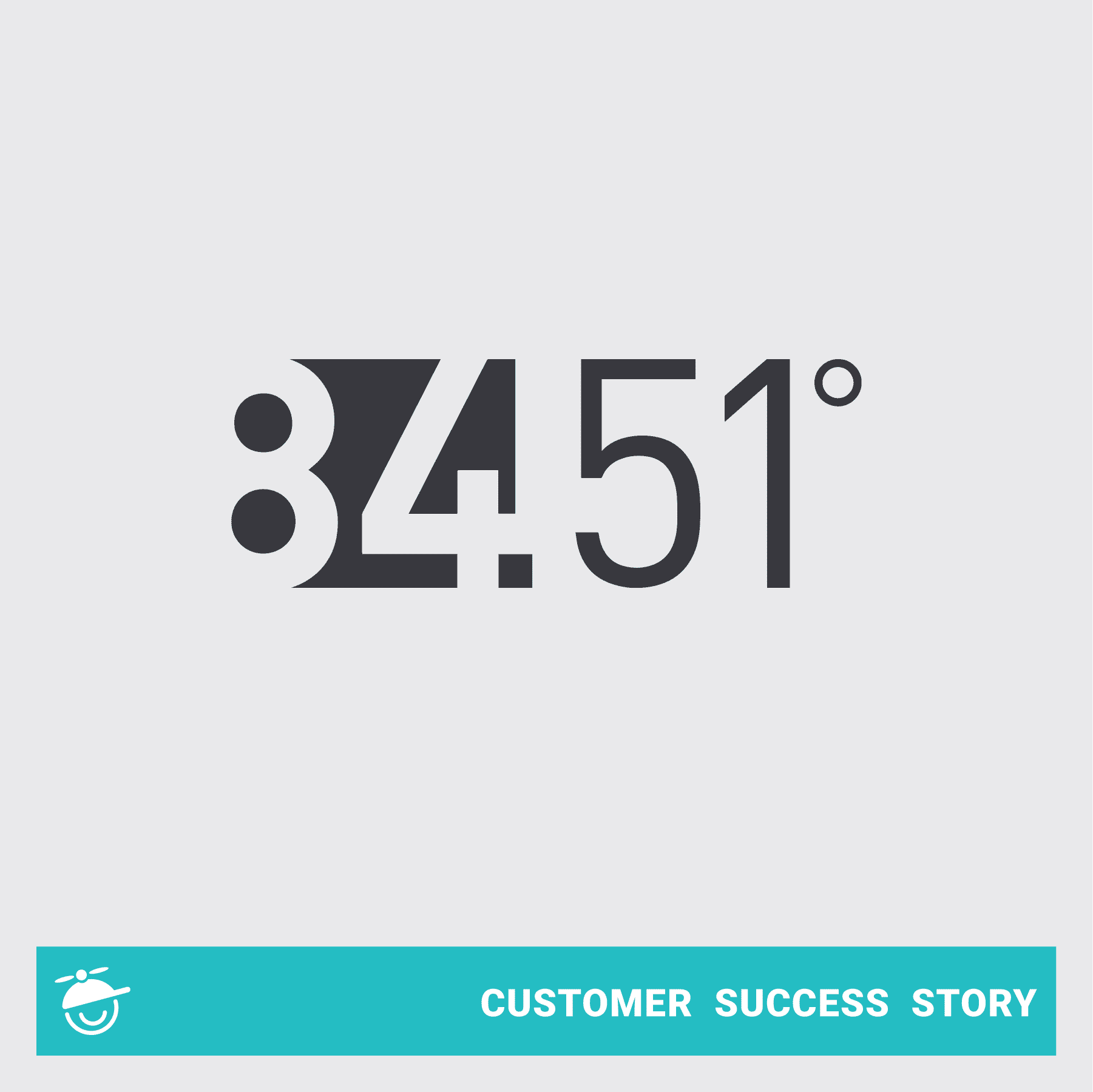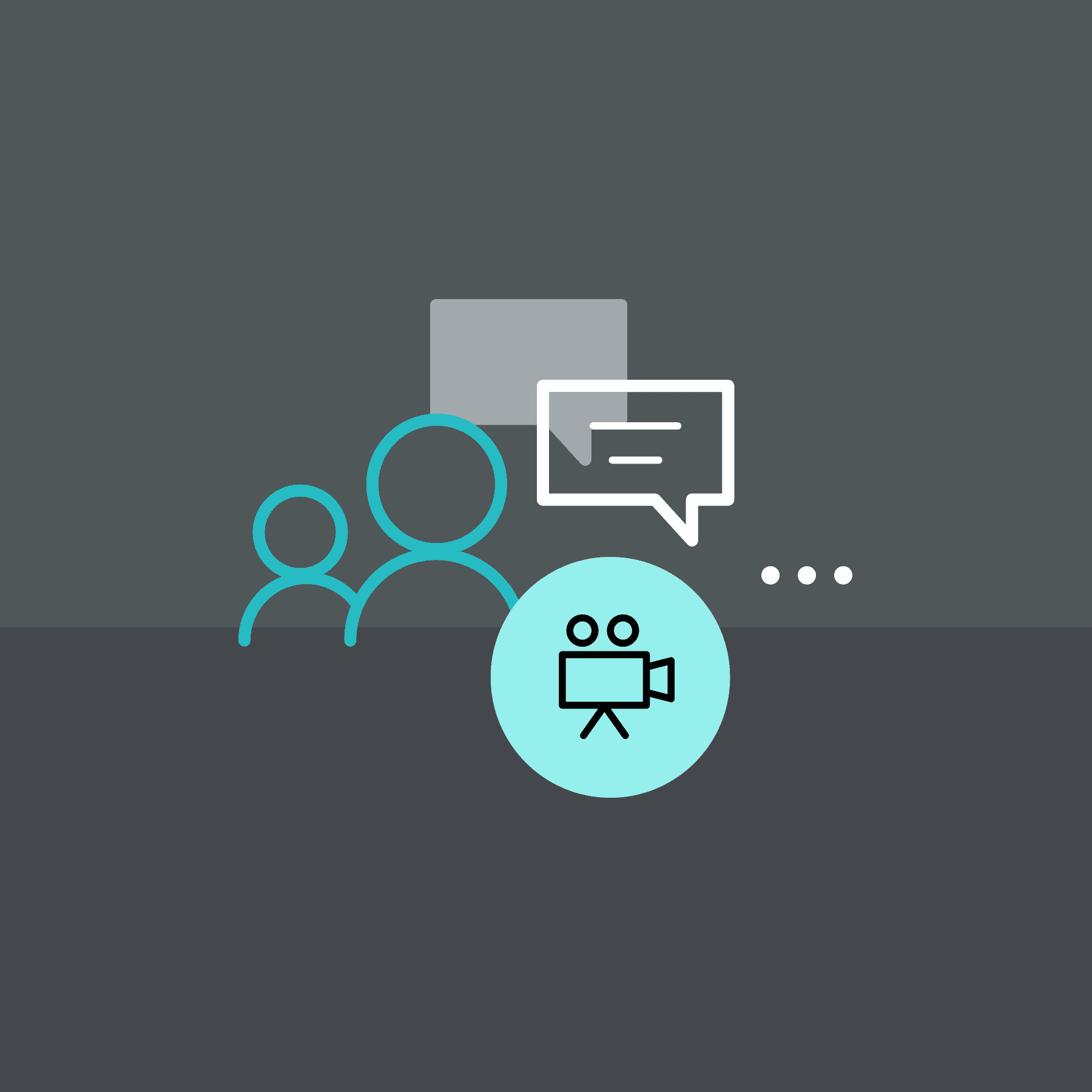This guest blog post was written by Jessica Johnston, CMS admin at Cellebrite, a digital intelligence and forensics company. Johnston has an extensive background in technical writing and editing and has designed and implemented MadCap Flare projects in the areas of legal technology, public safety, and financial services. She is passionate about building innovative solutions to complex problems in the learning and development space.
Simply put, content reuse can save time and improve the overall quality and consistency of your learning and training content. In settings like universities and academic institutions, academic content creation software streamlines the process of creating and reusing content, ensuring that all educational materials meet high standards of consistency and accessibility. Content reuse is the practice of incorporating the same (or similar) pieces of content in several ways and in different types of documents, websites, training materials, and more (for example, output types). The types and purposes of reused content can vary depending on the use case. The big idea, and benefit, is that content creators can write and organize content once and subsequently leverage this content in multiple locations or outputs.
However, before we jump into maximizing the benefits of content reuse, let’s first discuss the characteristics and importance of an engaging learning and development program.
What Makes a Learning and Development Program Effective?
Engaging learning programs go beyond your standard customer or employee training. They aren’t sporadic courses that your customer should occasionally take as needed. It’s a strategic, organized, systematic approach to training that is essential in fostering the growth of user adoption — and, by default, the growth of your organization.
While there can often be challenges involved with developing a learning and development program, building a successful one is certainly something worth striving for. Some of the benefits of an effective learning and development training program include:
- Improving Product Adoption
- Boosting User Engagement
- Reducing Support Costs
Modern learning and development solutions can be useful when building out and maintaining your training program. It’s also important to incorporate customer and employee feedback, expert education, and adaptability to enhance the learning experience and make the program as successful as possible.
Now that you know what makes for an effective learning program and recognize how to create online training, let’s start breaking down how it works.
What is Content Reuse and Why is it Important?
Content reuse can occur in segments as short as a phrase or sentence, like “micro-content”, for example. It can also occur in forms as long as a topic or chapter. The beauty of content reuse is that there are really no rules; you can choose to single-source any type of content to suit your organization’s training needs, including images and videos.
As a content creator, you’ve probably already developed a baseline learning strategy and have some sort of content inventory composed of various content formats or types. If that is the case, good news: You are already on your way to simplifying learning content production.
Now, where do you go from here? Perhaps some of your organization’s courses share the same introductory learning material? Maybe certain concepts appear in multiple places throughout a course or across courses? Likely, training materials may share the same copyright or privacy statement. How are you managing those bits of content today? If they are siloed in their own linear repositories, there is a better way. You can significantly reduce the time spent managing multiple sets of files when you are able to lessen the number of files overall.
Create Content Once, Reuse Everywhere
A software solution such as MadCap Flare makes managing and reusing content easy with topic-based authoring. Flare allows you to create content in a single place and reuse it wherever you like.
As you can imagine, such technology can play a major role in creating an effective learning program, so the solution stack one chooses becomes critically important. Not to mention, this technology also has a positive impact on the way content is created and managed.
Let’s use your organization’s copyright statement as an example. In Flare, you can create this piece of content in a snippet file—Flare’s file type for small bits of formattable reusable content—and insert that snippet everywhere the copyright statement should appear. The next time the statement changes, you simply update the single snippet file which will then automatically update the copyright statement anywhere it appears within your content. For larger blocks of content like an introductory chapter, you can easily link that single set of content files to multiple tables of contents. Each table of contents can be used to produce multiple types of output.
If you currently organize your content by course or audience and are hesitant to implement a shared repository, don’t be. While audience and course type are important elements to consider, they no longer need to drive the way in which you organize content.
Topic-Based Authoring Versus Traditional Authoring
Content reuse will require a shift in how you think about your content. A topic-based approach versus linear or traditional content authoring is a great way to think about how you can organize your learning content into chunks or blocks of content.
An easy way to begin to think about topic-based content creation is to consider the elements of a course curriculum. Learning objectives, chapter introductions and summaries, and knowledge checks are just a few examples of content types that may exist in your course materials. Each of these elements can serve as a single topic.
How Topic-Based Authoring Can Apply to L&D
In the learning and development space, how can we apply the topic-based authoring approach to instruction guides, for instance?
One of Flare’s most important tools for ensuring that you optimize content without sacrificing efficiency is the condition tag. You can manage student and instructor-specific content in the same topic using the Flare condition tag to hide the instructor-specific content from the output you produce for students. You can also use condition tags to reuse topics across courses.
In the case of a topic that is almost identical in more than one course, you can apply the condition tag to the bits of content that are course-specific and choose to show or hide that content based on the course content you are producing. Flare’s Link Viewer tool can help you quickly determine where a topic is reused across a project. With a single click, you can see that a topic appears in the TOCs for Course A and Course B.
As content practitioners, top-notch content delivery will always be important when working to create and continuously improve training and development programs. Leveraging content reuse will give your team more time to focus on producing the valuable content that keeps your students engaged and looking for more.











